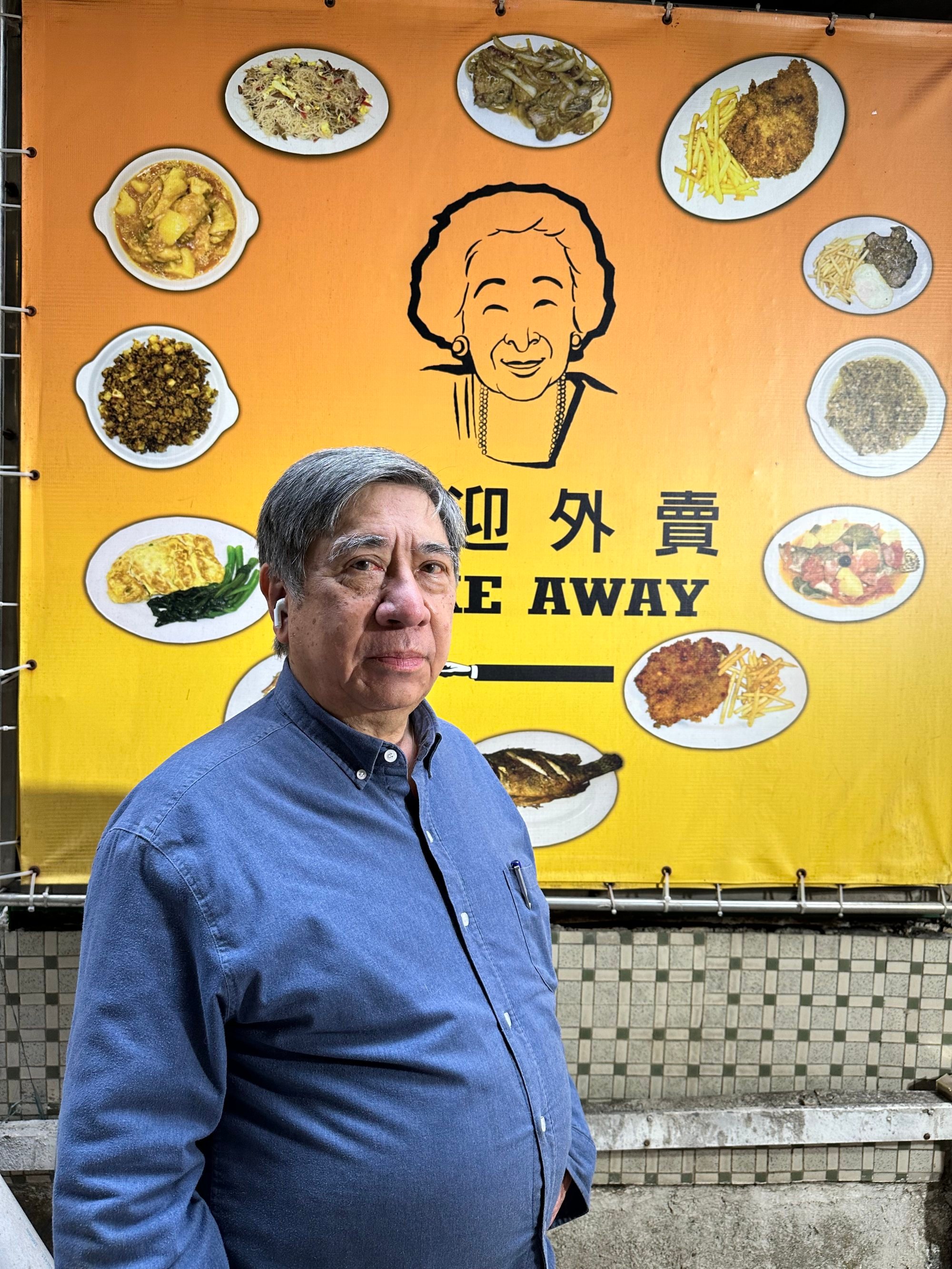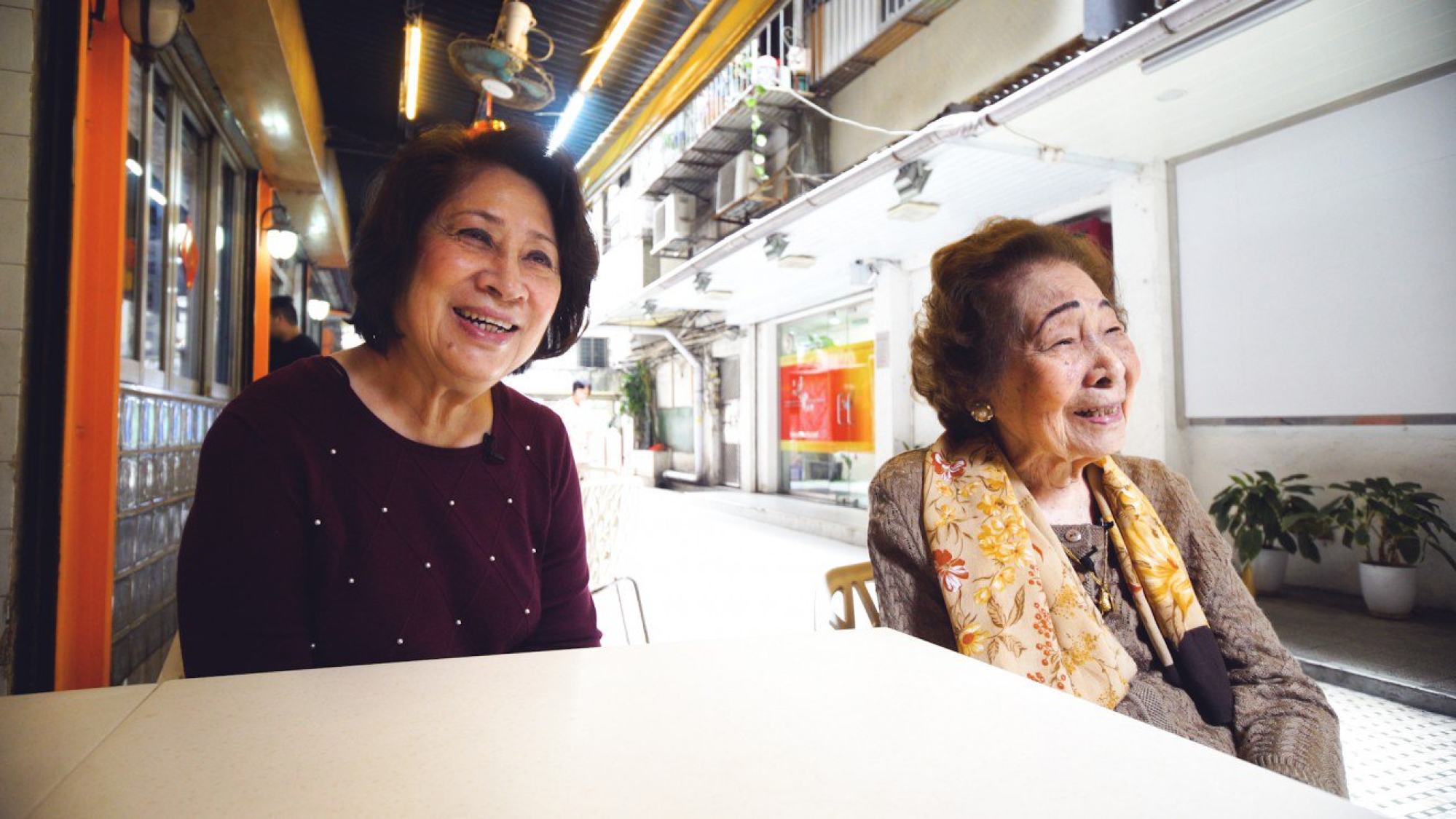Within the mid-Sixteenth century, China’s Ming dynasty leased Macau as a buying and selling put up to Portugal. In doing so, it sowed the seeds that may sprout into one of many world’s first and most compelling fusion cuisines.
At present, most of the hundreds of thousands of annual guests to Macau make some extent of making an attempt native dishes equivalent to the ever present pastel de nata – in its unique kind, that’s, not like the pastry so extensively loved throughout Asia that even KFC provide their very own tackle the native egg tart. Or minchi, a dish made with minced pork or beef, and understood even in Hong Kong to explain a dish that bears a resemblance to the Malay dish nasi lemak.
“[Macanese cuisine] is a fusion of Malaccan, Chinese language and Portuguese meals and consuming traditions,” explains Manuel António de Jesus, proprietor of the lately closed Macanese restaurant Cozinha Aida and son of the late Aida de Jesus, the celebrated “godmother of Macanese delicacies” who owned and operated the famend Riquexó restaurant.
Culinary historian Dr Janet Boileau confirms that Macau’s explicit native delicacies owes a lot to town’s distinctive historical past.
“It’s carefully linked to a cultural heritage and lifestyle,” she says. “The delicacies adjustments as entry to substances adjustments, and cultural context adjustments.”
Go to any genuine Macanese restaurant and a look on the menu makes clear how native dishes combine totally different culinary traditions.
Tacho, a well-liked European-style stew makes good use of pork offal and offcuts – substances not not like the innards you would possibly see served with hotpot or in regional road meals.
Galinha a Africana is one other native favorite. The dish consists of hen coated with piri-piri sauce, both as a base or marinate in the course of the grilling course of, which is afterwards coated in a thick sauce produced from blended chilli, coconut cream and peanuts.

The marinade’s origins are something however bizarre – it’s related to African cuisines however was solely developed after initially being launched to the continent by Portuguese merchants – and now it coats an area dish in East Asia.
In keeping with Boileau, Macanese cooking was formed by the experiences of Portuguese explorers and settlers, and their capacity and willingness to adapt to new geographical and social landscapes.”
“Macanese delicacies could be thought-about a Creole delicacies, one that’s knowledgeable by a number of contributing cultures however which has developed a novel and cohesive identification of its personal,” she says.
It’s this use of bizarre combos of substances from Chinese language, Portuguese, Malay, African, Indian and different culinary traditions – in addition to the mix of various cooking strategies equivalent to stir frying and sluggish cooking – that defines Macanese delicacies.
After which there may be the sense of ceremony, evident in Portuguese and Macanese custom of cha gordo – “fats tea” – which dominates afternoons within the territory. “It’s a celebratory meal, that usually entails a variety of dishes and is carefully tied to cultural notions of hospitality,” Boileau explains.

Meals in celebration of Catholic holidays and social snacking have been different very important parts within the growth of Macanese eating traditions. It’s for these causes that de Jesus describes Macanese delicacies as “dwelling cooking, made by housewives”.
Boileau agrees, revealing, “Macanese delicacies is usually made up of dishes historically cooked at dwelling, so it needs to be considered extra as a consolation meals somewhat than fancy restaurant meals.
“It developed out of peasant delicacies in Portugal, the place easy substances have been reworked by skilful cooking,” she continues. “Nostril-to-tail consuming is acquainted to the Chinese language, and it was additionally how early Europeans ate, out of necessity.”
Such an method might require guests to be open-minded.
“Fashionable diners will not be all the time comfy consuming offal or different humble substances. Flavours additionally are usually daring, advanced or contain fascinating combos,” Boileau provides.

Regardless of – and arguably, due to – its wealthy but homely heritage, there are causes Macanese delicacies shouldn’t be extra celebrated and ubiquitous.
“There will not be many cooks who can do it correctly,” de Jesus attests. “It’s tough to be taught and there may be at present not a lot cash in it. There additionally has not been sufficient promotion – solely now could be there some recognition of the delicacies around the globe. I hope the federal government can do extra to market it.”
The delicacies’s profile acquired a lift in 2017 when Macau was recognised as a Unesco Artistic Metropolis of Gastronomy.
Whereas Cozinha Aida’s (hopefully momentary) closure, and the loss of life in March 2021 of Aida de Jesus herself are a blow to the native scene, main efforts are being made to protect Macanese delicacies within the metropolis.
“Macanese delicacies is among the enduring hyperlinks to a time and place that can not be recaptured and a tradition that’s inevitably being eroded,” Boileau says. “So in a way it embodies to some extent the nostalgic feeling, or saudade, expressed in Portuguese fado music.
“The truth that Macanese gastronomy has been recognised by Unesco as intangible cultural heritage will hopefully assist to make sure its survival.”

